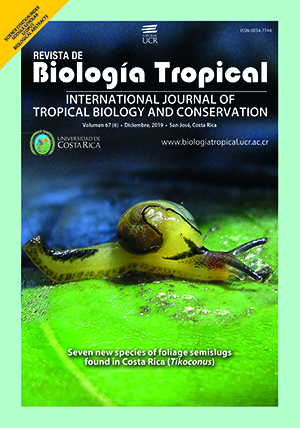Abstract
Galls are defined as modifications of the normal developmental design of plants, produced by a specific reaction to the presence and activity of a foreign organism. Although different organisms have the ability to induce galls in plants, insect-induced galls are the most elaborate and diverse. Some hypotheses have been proposed to explain the induction mechanism of plant galls by insects. The most general hypothesis suggests that gall formation is triggered by the action of chemical substances secreted by the gall inducer, including plant growth regulators such as auxins, cytokinins, indole-3-acetic acid (IAA), and other types of compounds. However, the mode of action of these chemical substances and the general mechanism by which the insect could control and manipulate plant development and physiology is still not known. Moreover, resulting from the complexity of the induction process and development of insect galls, the chemical hypothesis is very unlikely a complete explanation of the mechanism of induction and morphogenesis of these structures. Previous and new highlights of insect gall systems with emphasis on the induction process were analyzed on the basis of the author’s integrated point of view to propose a different perspective of gall induction, which is provided in this article. Due to the extraordinary diversity of shapes, colors, and complex structures present in insect galls, they are useful models for studying how form and structure are determined at the molecular level in plant systems. Furthermore, plant galls constitute an important source of material for the study and exploration of new chemical substances of interest to humans, due to their physiological and adaptive characteristics. Considering the finely tuned control of morphogenesis, structural complexity, and biochemical regulation of plant galls induced by insects, it is proposed that an induction mechanism mediated by the insertion of exogenous genetic elements into the genome of plant gall cells could be involved in the formation of this kind of structure through an endosymbiotic bacterium.
##plugins.facebook.comentarios##

This work is licensed under a Creative Commons Attribution 4.0 International License.
Copyright (c) 2019 Omar Gatjens-Boniche






